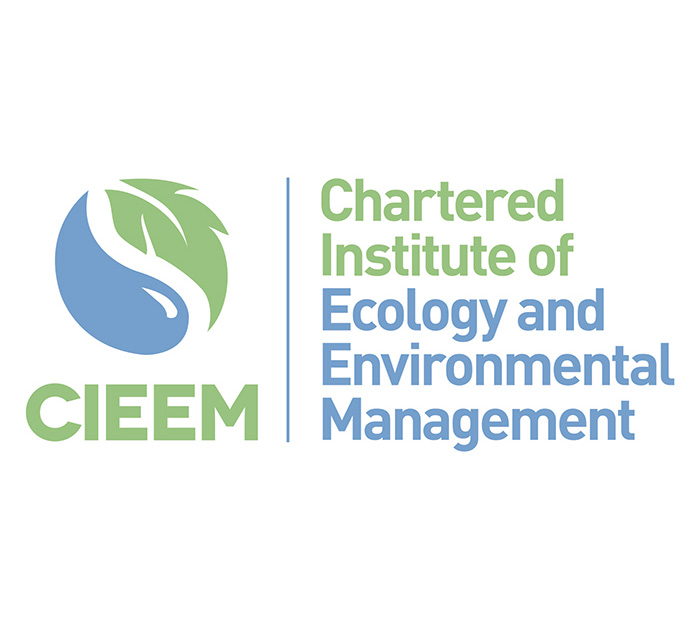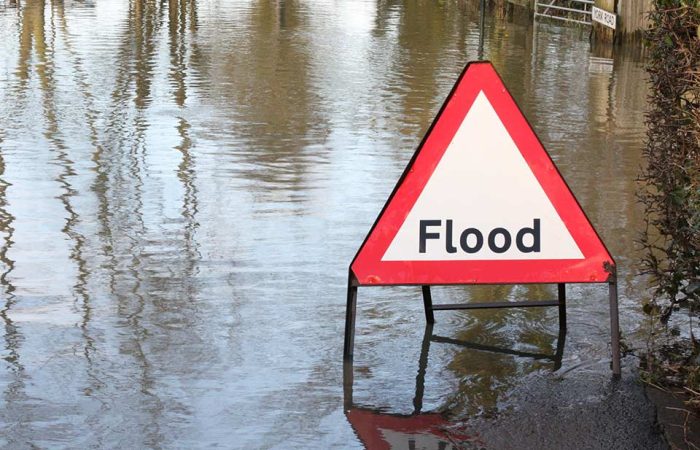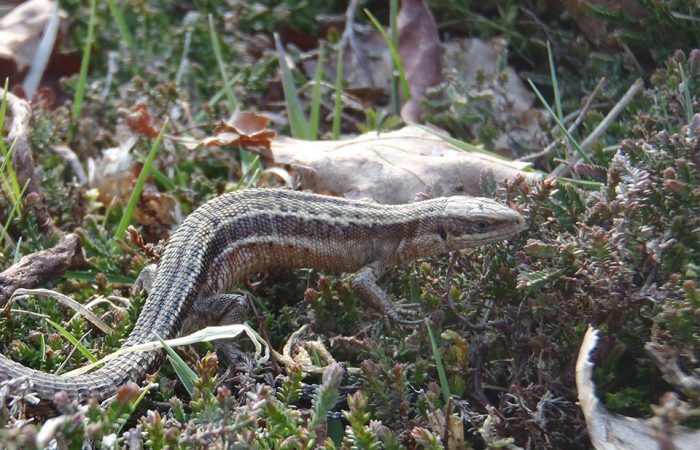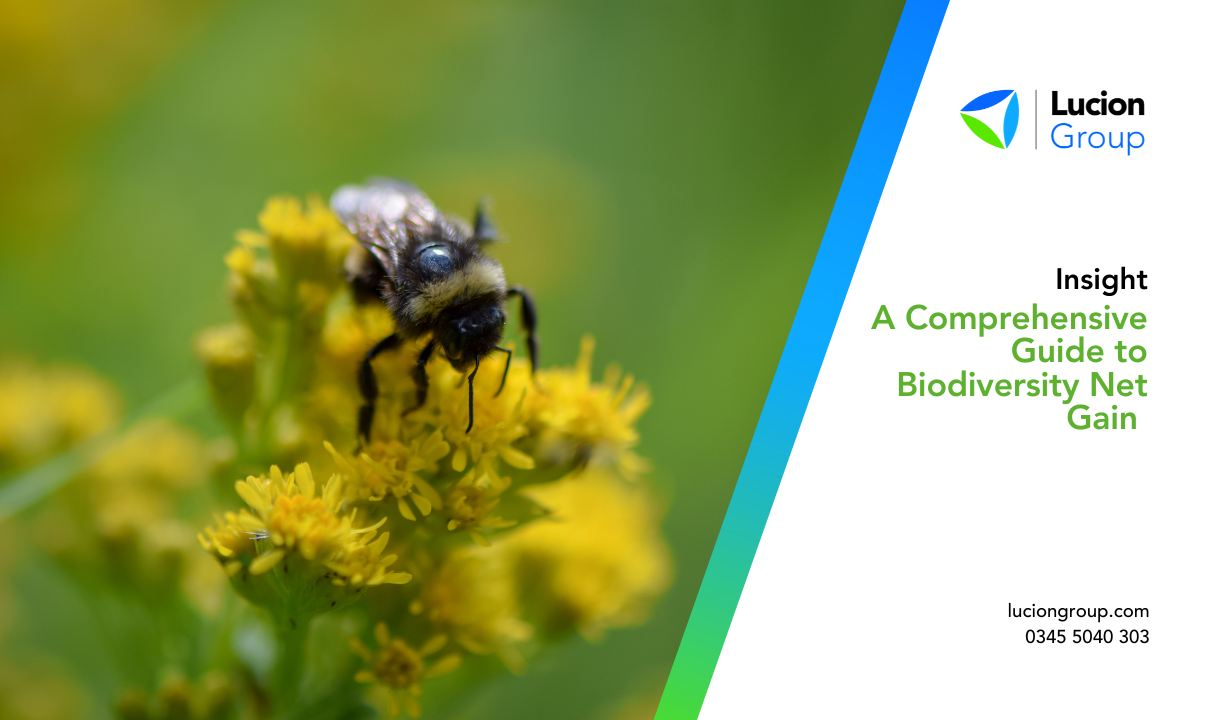Otters are a European Protected Species, making them a critical consideration for any development project that could impact their habitats or disturb their resting places. Our ecologists provide comprehensive otter surveys, assessments, and mitigation strategies to help you navigate the planning process and keep your project on track.
Once on the brink of extinction in the UK, otter populations have started to recover in recent decades. However, they remain a protected species under the Wildlife and Countryside Act 1981 and the Conservation of Habitats and Species Regulations 2017. This legal framework makes it an offence to deliberately kill, injure or disturb otters, or to damage or destroy their breeding sites and resting places.
If your development has the potential to impact otters or their habitats, you are legally required to undertake surveys and implement appropriate mitigation measures before proceeding. Failing to do so could result in significant delays, additional costs, and even prosecution.
Our team of ecologists have the expertise to guide you through every stage of the otter survey and assessment process, ensuring your project remains compliant with the relevant legislation.
The otter survey process typically involves two key stages:
Presence/Absence Surveys
Our ecologists will conduct a thorough search of the site and surrounding areas, looking for evidence of otter activity such as spraints, footprints, and potential resting places (holts). This initial assessment allows us to determine if further, more detailed surveys are required.
Monitoring Surveys
If the presence/absence survey identifies signs of otters, we’ll install remote camera traps and carry out endoscopic inspections of any potential holts. This helps us understand how otters are using the site and inform the development of appropriate mitigation measures.
Our ecologists are highly experienced in a range of otter survey techniques, from visual searches to habitat assessments. We’ll work closely with you and the local planning authority to design tailored mitigation strategies that avoid, minimise or compensate for any impacts on this European Protected Species.
Solutions may include creating artificial holts, installing otter-proof fencing, and enhancing or restoring otter habitats within the surrounding area. Where impacts are unavoidable, we can also assist with obtaining the necessary licences from Natural England.
By partnering with Lucion, you can be confident that your otter surveys are being carried out to the highest standards by qualified, licensed professionals. We’ll provide the guidance and support you need to keep your project moving forward, while ensuring full compliance with wildlife legislation.





































